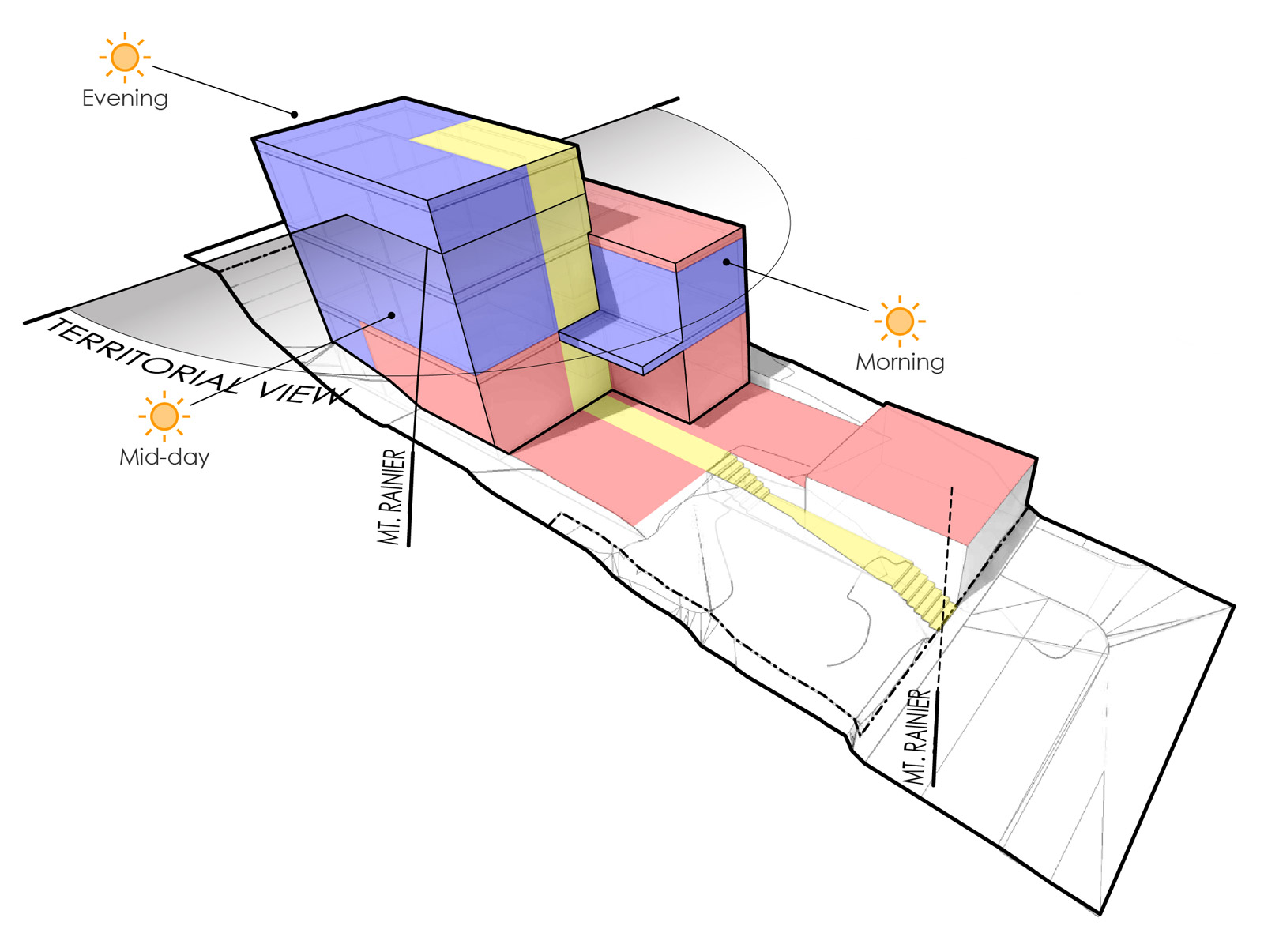
[All images by BUILD LLC]
We always find it a bit concerning when the process of architecture is likened to making art. Art can be created based on nothing more than an emotion, from an ephemeral moment in time, and without repercussions to the physical world. It’s free from the dependencies of shelter, protection, and sometimes, even gravity. Art doesn’t have to make your life better.
This is not to be interpreted that we dislike art or lack an appreciation for art. Quite the contrary. We consider art necessary in our lives; we pay attention to it, consider it, and consume it. The artists in our lives are important people to us and their work is valued.
But architecture is not art. To function well and properly serve individuals, communities, cultures, and the environment, the design process of architecture involves wide-ranging dependencies and a finished piece of architecture has serious implications on both the natural and built environments. Because of this, we’ve always thought the process of architecture should be more akin to science.
Today’s post relates the design process to the basic steps of the scientific method (the same scientific method taught in grade school). The method allows questions to be asked and answered through observations and experiments. It provides feedback loops that allow architecture to become better and more successful the longer the scientific method is exercised. To better demonstrate the method with regard to the design process, we’ll cover a residential project, Utopian Heights Modern (UHM), which is currently in design at the BUILD World Headquarters.
PURPOSE: State the problem or ask a question.
For our recent Utopian Heights Modern project in particular, we’ve asked whether we can design and build a home that meets the programmatic requirements of a family of 4 on a rather constrained 4,100 square foot lot in Seattle with stringent building codes for approximately $260 per square foot.
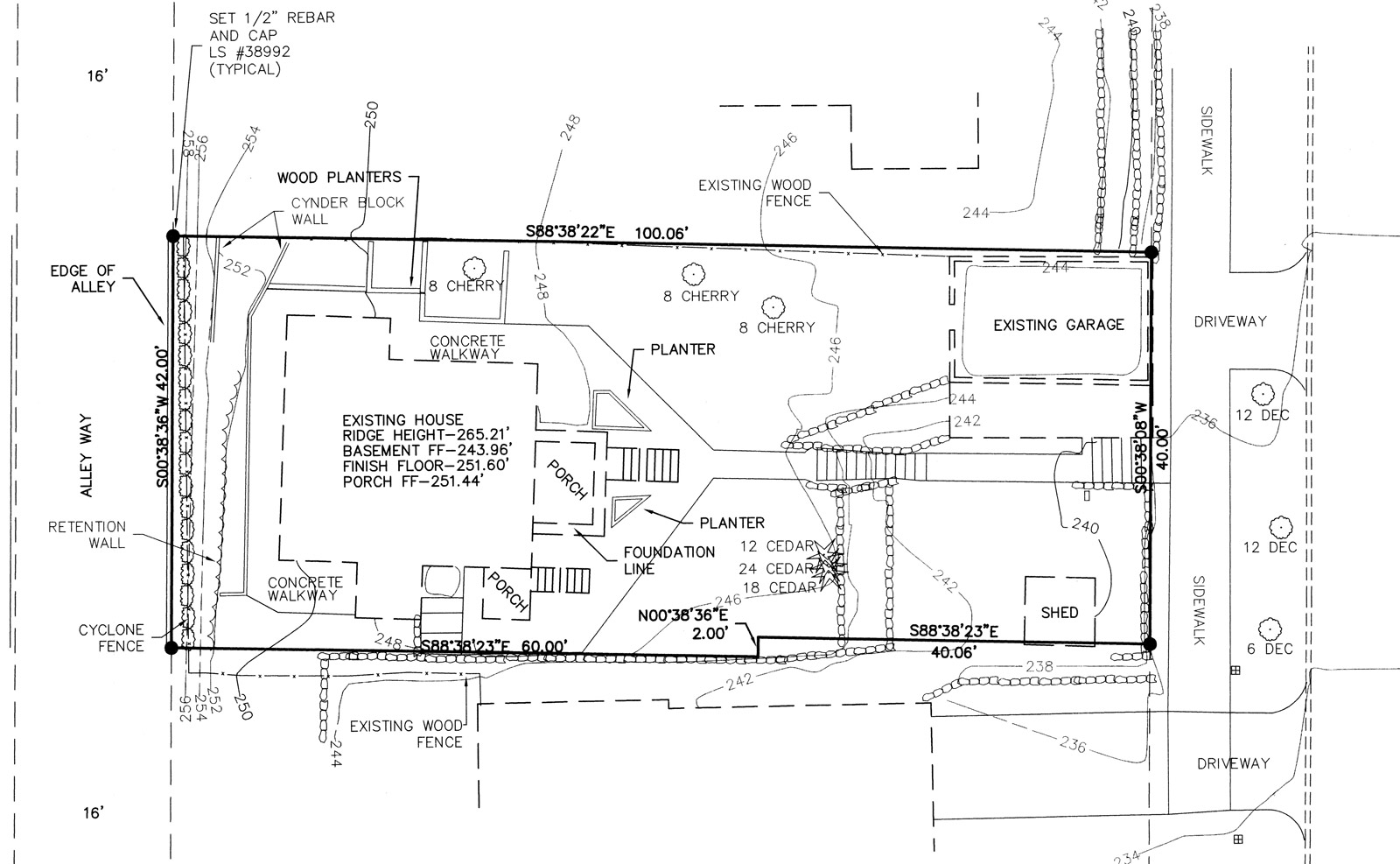
RESEARCH: Find out about the topic and gather information.
Our research and gathering for the UHM project has included city records, state and city building codes, site visits, coaching sessions with the building department, meetings with the clients, and our client questionnaire. All of this information goes into the handy binders shown below.

HYPOTHESIS: Predict the outcome to the problem.
This is where things get tricky. Architects love to talk about “theory,” but, more often than not, architectural theories skip over the hypothesis. Wikipedia sheds some light on their differences:
A theory is not the same as a hypothesis. A theory provides an explanatory framework for some observation, and from the assumptions of the explanation follows a number of possible hypotheses that can be tested in order to provide support for, or challenge, the theory.
All too often in architecture, theories go straight to publication or worse, built-form. By skipping the hypothesis loop, the necessary testing phase (required of the scientific method) is absent.
We like to navigate the hypothesis stage of design with a high level of consistency — similar to what you’d find in a scientific experiment. By keeping our designs uniform between one and the next, and only changing a variable or two at a time, we can properly test our design ideas as hypotheses. On UHM we use a number of fixed drivers (elements which remain constant over the experiment): the width of the structure (determined by the municipal codes), the location of the structure, certain fixed functions, way-finding, and a few others. The hypotheses being tested on the UHM project are:
+ Is a 3 story structure of lesser footprint more effective than a 2 story structure of greater footprint?
+ Does a reverse floor plan provide a more enjoyable living experience?
+ Does a Detached Accessory Dwelling Unit (DADU) provide a cost-effective benefit to the main house?
+ Does the programming benefit by breaking the envelope up into smaller geometric volumes?
+ Is there a benefit to locating the garage within the rear yard setback (allowed by the municipal code)?
EXPERIMENT: Develop a procedure to test the hypothesis.
This occurs in two ways at BUILD. At the macro scale we’re constantly testing a variable or two in our built works. While there is a high level of consistency between one completed project and the next, there is also typically a variable or two that we’re testing out in the 1:1 scale model. At the micro scale, we’re strong advocates of diagramming in the design phase. These diagrams allow us to change a select number of variables and create a series of diagrams to test out with the clients. For the UHM project the series of diagrams below were created to capture the hypotheses listed above.
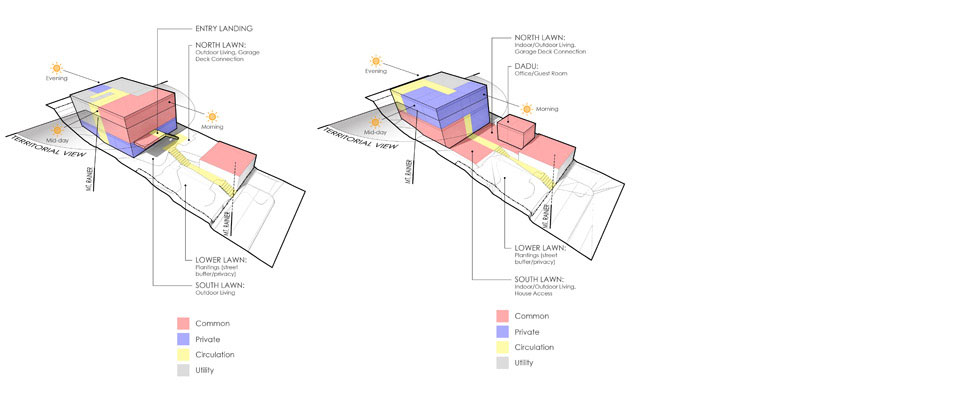
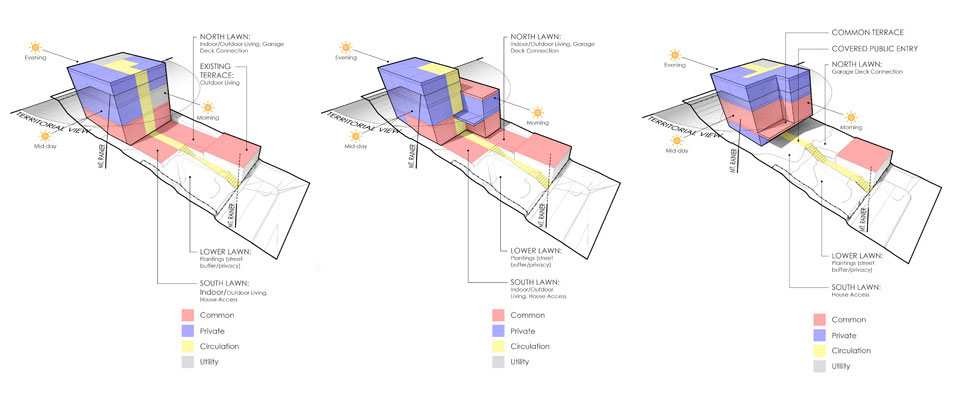
ANALYSIS: Record the results of the experiment, analyze your data and draw a conclusion.
Similarly, this step happens at two scales. Because we build most of our projects, we tend to stay well connected with clients in terms of how the project is functioning post occupation. The feedback we get from the lived-in experiments feeds right back into the diagramming experiments. 15 years’ worth of design and construction experience provides invaluable data for the design diagrams on the UHM project. We’ve also had a few incredibly valuable client meetings where the 5 diagrams were reviewed, picked apart, and refined to a subset.
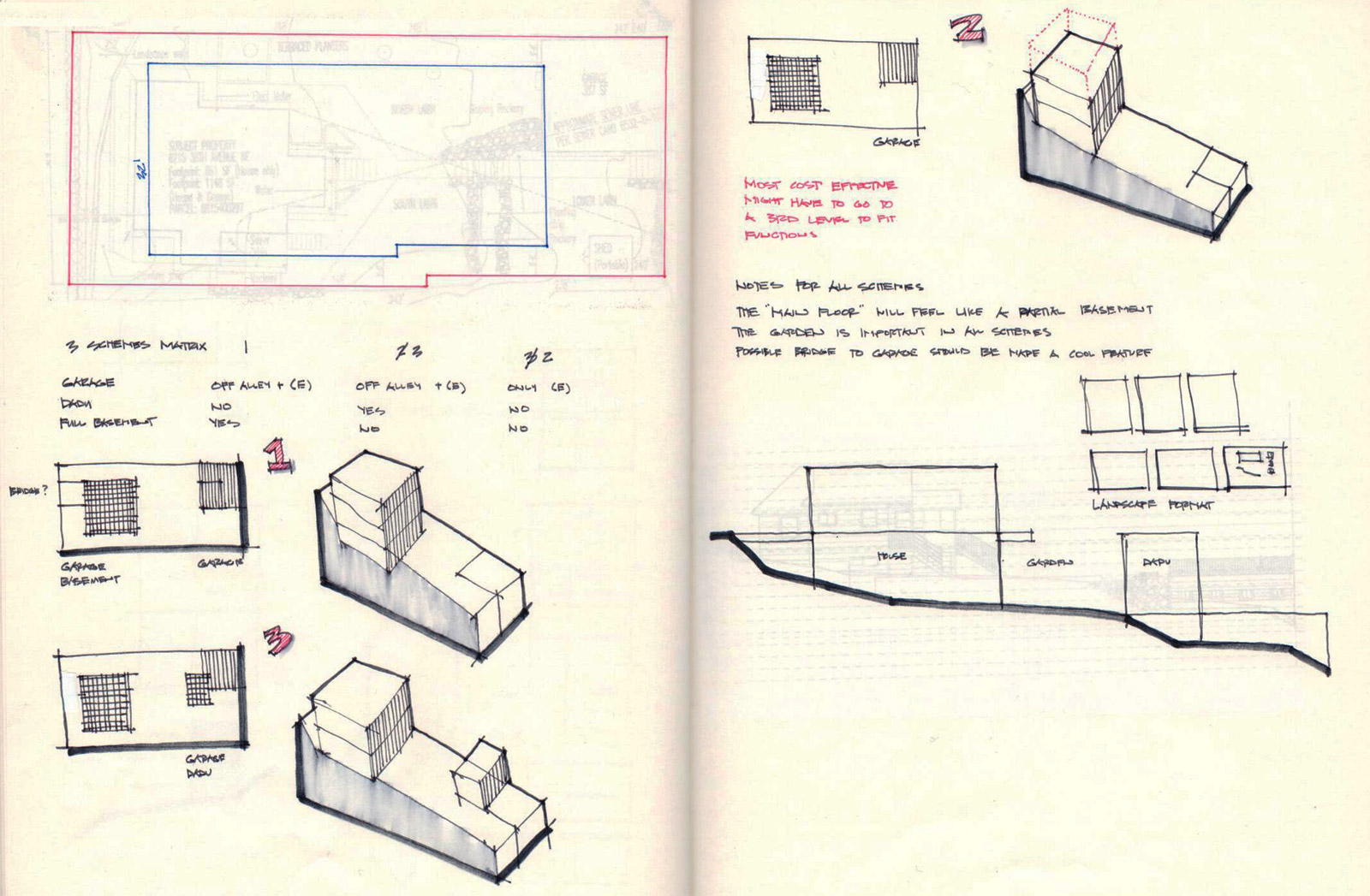
CONCLUSION: Compare the hypothesis to the experiment’s conclusion. Communicate your results.
This is another step largely missed in the architecture discipline. When the hypotheses of architecture need fine tuning or fall short, they are rarely communicated to the community at large. The nature of design magazines is typically one of praise and true journalistic critiques of architecture are becoming scarce. Outside of traditional media, most architects also lack the means in which to communicate the observations of the finished product. As advocates of sharing ideas and information, we use this blog to do both.
We’re not at the point to state any conclusions yet with Utopian Heights Modern, but when we are, they’ll be published here for public benefit. Just like we do with many of our projects. So stay tuned.
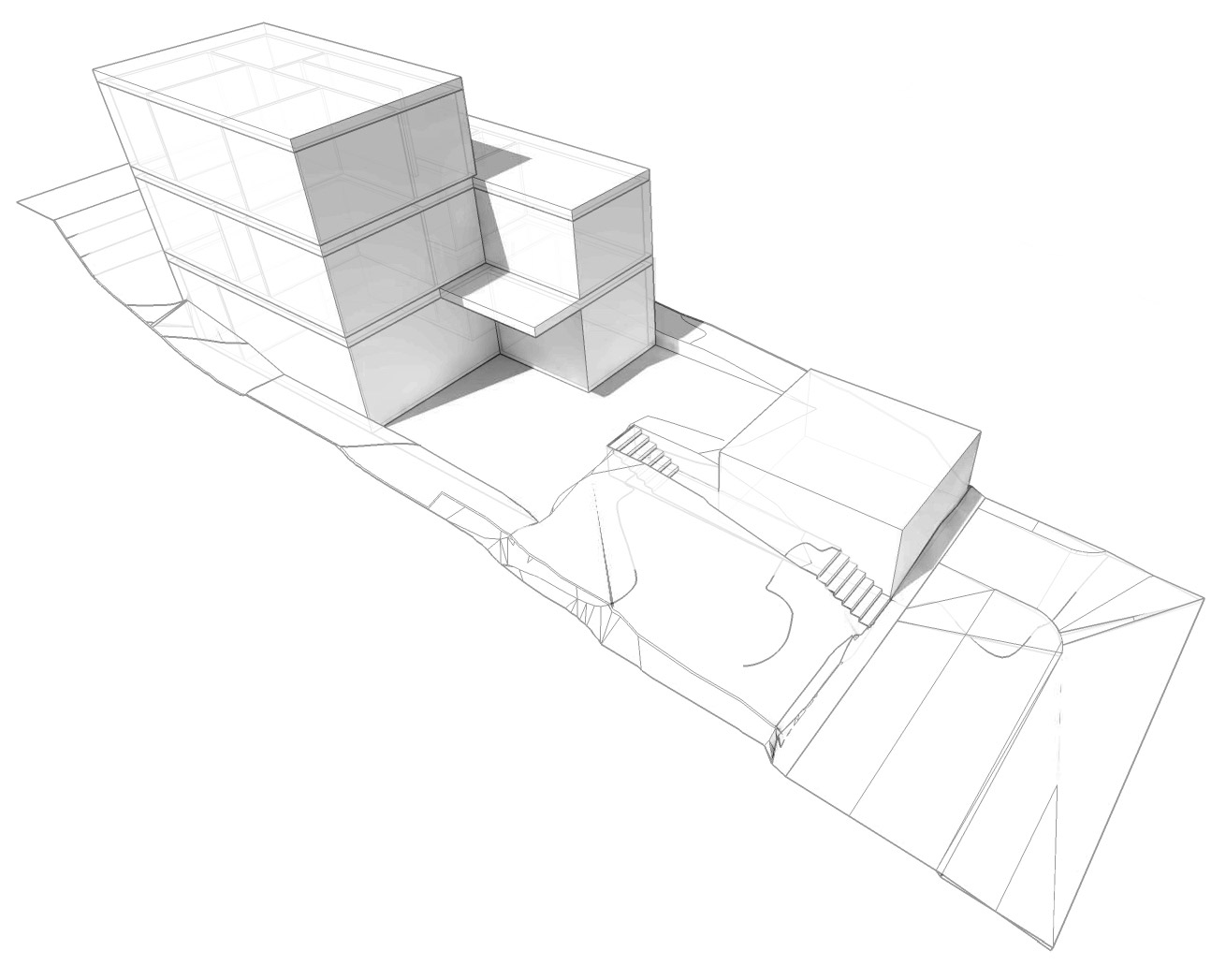
In our effort to distinguish architecture from art, by no means are we suggesting that art cannot or should not follow the scientific method. Rather, we’re proposing that architecture can’t afford not to. In fact, most endeavors could benefit from this method. Here’s to science.
Cheers from Team BUILD





